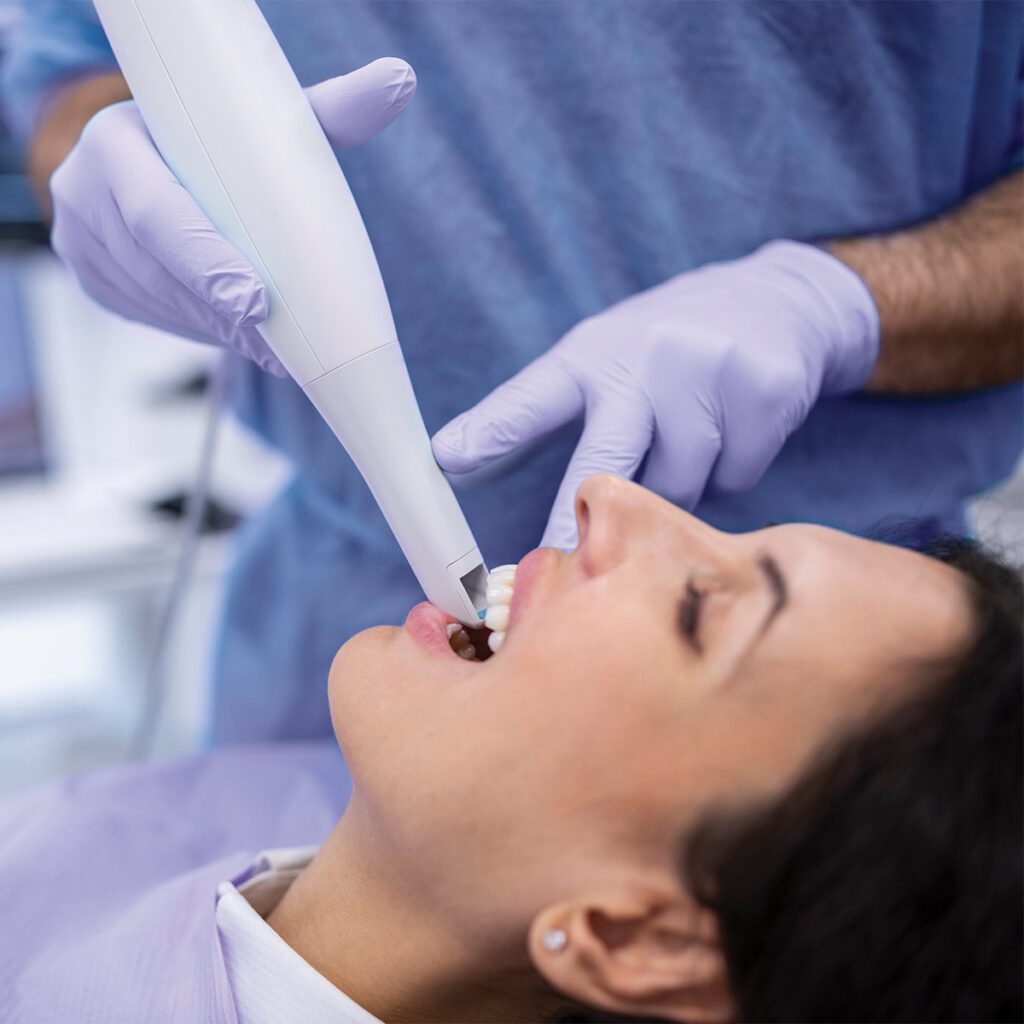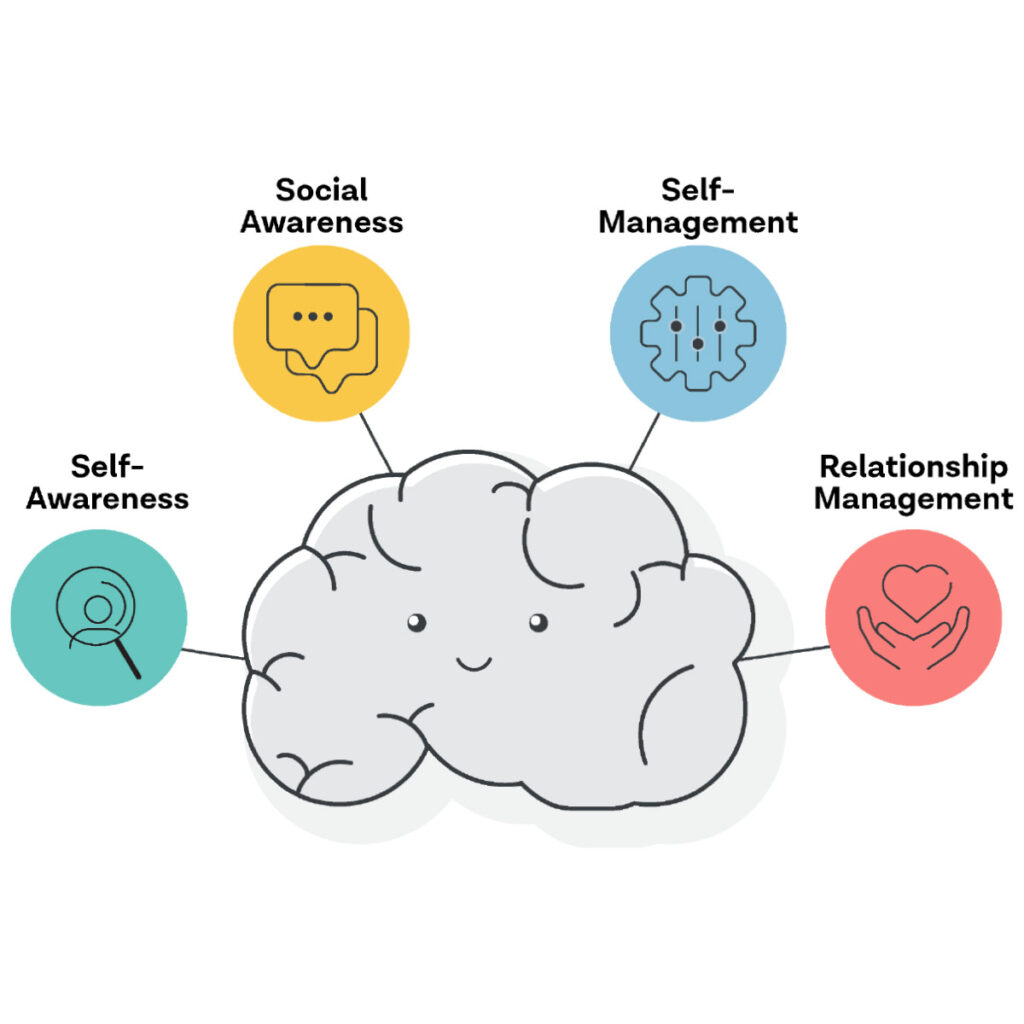Kristen Reynolds is a vibrant sixth-grader. An excellent student at Boyd-Buchanan School, Kristen enjoys volleyball and softball and she even holds a black belt in Tae Kwon Do. Kristen’s life, however, has been anything but typical since her December 2007 diagnosis of juvenile diabetes, also called type 1 diabetes.
Families Face Diagnosis with Confidence
By Julianne Hale
“Kristen has to check her blood sugar eight to 10 times a day,” says Kristen’s mother, Lynne Austin, a nurse and active member of the Juvenile Diabetes Research Foundation (JDRF). “She doesn’t get to sleep late like most kids on the weekends and I often have to wake her up during the night to check her sugar. She may feel fine one minute and the next experience a ‘high’ or ‘low.’ No day is ever the same. Kristen uses an insulin pump now, so she doesn’t have to give herself multiple injections a day.” An insulin pump is a small device used to deliver insulin directly under the skin without the use of needles.
Kristen’s struggle with juvenile diabetes is not something she could have prevented or predicted, but many Americans are under the impression that diabetes is always the result of poor lifestyle choices. This is not the case.
According to the American Diabetes Association, 23.6 million children and adults, about 8 percent of the population, have diabetes. Awareness of type 2 diabetes has been growing in recent years, as the American media and popular television shows, such as The Biggest Loser, are bringing to light the country’s growing obesity problem and the subsequent increase in cases of this debilitating disease.
The occurrence of diabetes in the juvenile population (under 20 years of age) is significantly lower. The American Diabetes Association reports that approximately one in every 400 to 600 children has type 1 diabetes, also called juvenile diabetes. At the present time there is no cure, and patients who are given this diagnosis are faced with great challenges in managing the disease.
“A person that has type 1 diabetes does not produce insulin,” says Lynne Austin. “Type 2 diabetics produce insulin, but their bodies cannot use the insulin effectively. Type 1 diabetes usually strikes in childhood and lasts a lifetime; you cannot outgrow it. A person with type 1 diabetes relies on insulin, given either in multiple injections per day or delivered via an insulin pump, in order to survive.” Type 1 diabetes is neither preventable nor reversible.
It is important that parents have a basic knowledge of the most common symptoms of type 1 diabetes. Dr. Peter Rawlings, a pediatrician at Pediatric Diagnostic Associates in Chattanooga, explains, “The classic symptoms of type 1 diabetes that parents should be aware of are drinking more than usual, urinating more than usual, eating more and losing weight, and drinking all through the night because the sugar is acting as a diuretic and pulling water out of the system.” Dr. Rawlings warns that patients with type 1 diabetes can appear, as a result of their disease, to be “wasting away.”
Other common symptoms of type 1 diabetes include drowsiness or lethargy, sudden vision changes, fruity, sweet or wine-like breath odor, labored breathing, stupor, and unconsciousness. If your child is exhibiting one or any combination of these symptoms, it is vital that they receive medical attention immediately. Tests will be conducted to check for diabetes and, if they are positive, the child will most likely be referred to an endocrinologist for treatment.
Once a child has been diagnosed with the disease, the focus shifts to treatment. The health impacts that juvenile diabetes can have on the life of a child are significant, but proper management of the disease is vital in order to avoid the serious conditions that can happen as a result of improper diabetes management. These conditions include heart disease, kidney disease, vision loss, oral health and hygiene issues, nerve damage, foot problems, skin issues, gastroparesis or food remaining in the stomach longer than normal, and depression. This laundry list of possibilities can be quite frightening to a new patient but they are, in most cases, preventable as long as the necessary steps to effective treatment are taken. The prognosis, in fact, for a person with type 1 diabetes is quite good.
Type 1 diabetics can live relatively normal lives, as long as they take the necessary steps to effectively control the disease. This includes significant lifestyle changes, the learning of which can be quite overwhelming. It is for this reason that many physicians refer newly diagnosed juvenile diabetic patients and their families to a certified diabetes educator for help with disease management.
Felicia Boyer, a diabetes educator with Memorial Hospital, explains her job, “We focus on teaching patients and their caregivers how to live with this disease. We teach lifestyle management and how to properly monitor blood sugar levels. We encourage our patients to eat a healthy diet, but we don’t focus on restrictions of foods, such as carbohydrates. Instead, we focus on educating patients about adjusting their insulin levels so that they can eat what they want, within reason.” In addition to lifestyle management, diet, and insulin adjustments, diabetes educators monitor a patient’s overall health, including screenings for eyes, dental problems, cholesterol, and kidney function.
While diabetes educators are readily available in most medical communities, their services are not always utilized. It is vital to the proper care and maintenance of a patient with juvenile diabetes that they are referred to a diabetes educator for a consultation once the disease is diagnosed. Most insurance policies will cover this service for newly diagnosed children and their families.
In addition to lifestyle and diet changes, treatment of type 1 diabetes includes a comprehensive plan of monitoring blood glucose levels and ketones (a waste product produced by the body when burning stored fat for energy) in the urine, as well as multiple daily insulin injections to keep blood sugar in check. Monitoring blood glucose levels regularly allows patients to adjust their insulin intake and keep blood glucose levels as close to normal as possible.
Blood glucose monitoring requires a drop of blood and a test strip or a blood glucose meter. If the blood glucose levels are elevated or the patient is sick, many health professionals advise patients with type 1 diabetes to test their urine for ketones. This requires a simple test trip and can let patients know very quickly if they are at risk for ketoacidosis, a very dangerous condition characterized by a build-up of acid in the blood that can lead, if left untreated, to a diabetic coma.
If blood glucose tests indicate that the levels of insulin are not within the normal range, patients with type 1 diabetes can inject insulin into their bloodstream in order to correct the imbalance. Insulin can be injected through a syringe, an insulin pen, or an insulin pump. Insulin pumps deliver insulin into the body on a regular basis through a catheter placed under the skin. They provide patients with diabetes the freedom from having to give themselves regular injections. The technological advances made in recent years to these pumps are astounding and can really make the lives of a child with juvenile diabetes and their families much simpler.
Boyer explains one such innovation, “A new pump is out, called an Animas Ping Pump, that allows parents to give the insulin injections through the pump remotely from several feet away. There are also new monitors that use a radio frequency to tell you what the patient’s blood sugar is.” These treatment options are complex and there are many choices that can easily overwhelm a new patient. A diabetes educator can help patients and their caregivers make the best choices for their individual needs.
Raising awareness within the community is one very important component of working toward a cure for type 1 diabetes. The JDRF is dedicated to this cause and Chattanooga has a very active chapter with a dedicated staff that is passionate about their work for people living with this disease.
Rachel Nall, the Communications Chair for the East Tennessee Chapter of the JDRF, explains the role of her organization in the community, “When a child in East Tennessee is diagnosed with juvenile diabetes, JDRF reaches out to the family, helping them find information, medical support, and encouragement. Often, children are diagnosed extremely young and this is not a disease a child can manage alone. The parents, loved ones, even teachers and other community leaders, become a part of the team that helps manage the disease. That’s where the JDRF makes a difference. Our staff offers support groups, seminars, and events for families affected by juvenile diabetes to come together and realize they are not alone.”
If you are interested in helping the JDRF, you can participate in the Walk to Cure Diabetes that will take place on Saturday, April 25, at Coolidge Park. For more information, visit the Walk to Cure Diabetes website at walk.jdrf.org.
A diagnosis of juvenile diabetes is a frightening prospect for patients, their families, and loved ones. Thanks to the topnotch medical professionals in the Chattanooga area, and armed with information and a supportive community, these patients can manage their disease with confidence.
Julianne Hale and her family reside in Cleveland. She earned a Bachelor of Science degree from Illinois State University and then an MBA from the University of Phoenix. Julianne is a member of the Chattanooga Writers Guild, is married, and has two children.
Modus Health StepWatch 5




